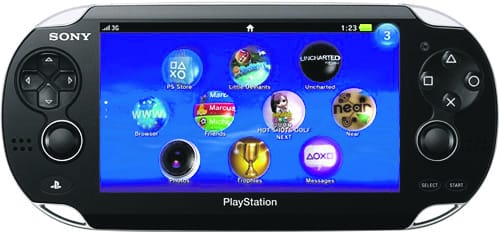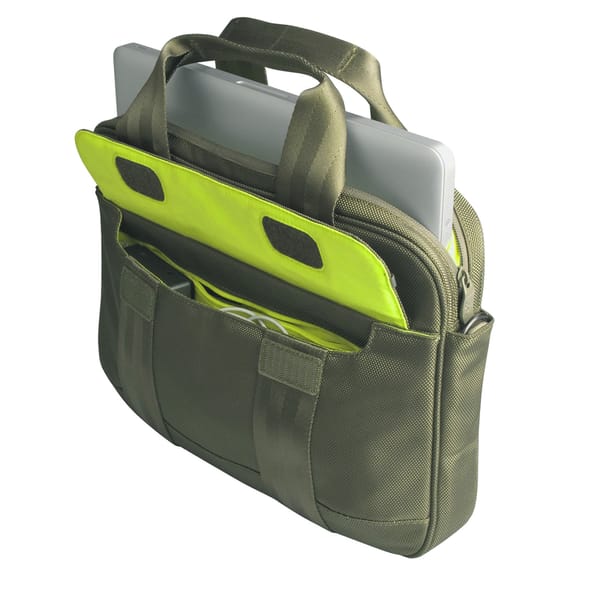Sony unveils PSP successor
“Design-wise, the system is a refinement, rather than a complete transformation”

Last week, media outlets and industry professionals began receiving invites for Sony’s “PlayStation Meeting”, to be held in Tokyo on the 27th of January. Though the company kept tight-lipped as to what exactly the event was for, not a single person from journalist to feverish Internet forum-goer was in any doubt that this was to be the day of the official announcement of the oft-rumoured successor to the PlayStation Portable (PSP).
The device, along with its official codename “NGP” (Next Generation Portable) was announced as expected, and while prior leaks ensured that there were few real surprises to be had, gaming and technology circles have been ablaze with discussion since the announcement.
Drawing particular attention has been the system’s impressive technical specifications. The NGP sports a quad-core ARM Cortex-A9 CPU backed with a powerful graphics processing unit, which together are capable of producing ‘near PlayStation 3’ quality graphics in real-time, lovingly displayed on the system’s sizeable 5-inch, multi-touch OLED screen. Indeed, several demos which were shown during the conference and made available for subsequent hands-on play demonstrated the system’s technical prowess and charmed conference-goers.
Design-wise, the system is a refinement, rather than a complete transformation of its predecessor’s sleek curves and black finish. The system is larger, largely due to the aforementioned screen. Answering fans’ prayers, Sony has replaced the PSP’s much maligned analogue ‘nub’ with two identical bona fide control sticks. This, it is hoped, will alleviate many of the awkward control compromises that were necessitated by many games on the PSP, where developers had to find ways of providing control for both player movement and a 3D camera. Sony hopes that the rounded shape of the NGP will fit more comfortably into its players’ hands.
Unremarkably, all models of the NGP will come with Wi-Fi built-in. More noteworthy however, is the news that a (presumably more expensive) 3G-enabled version of the NGP will also be produced. No information on data plans have been provided yet, but it is unfortunate to note that speeds offered by 3G will not be adequate to support online gaming from wherever the user happens to be.
Perhaps the most unusual feature of the NGP is a multi-touch panel which has been added to the rear of the device, of the same size and alignment as the front-facing screen. Some speculation has been paid to the prospect of this panel being used to simulate extra buttons or rear triggers, which the NGP lacks. Other additions include both front and rear-facing cameras, and a “six-axis” motion detection system, consisting of a gyroscope and an accelerometer. Software applications making use of either of the cameras were unforthcoming, but motion control was demonstrated in several of the game demos on show.
No pricing details were announced, but it was officially stated that the system is to be released in at least one territory before the end of this year. It is slightly surprising that Sony appears to be following a similar strategy to that which it pursued with the original PSP. With over 60 million units sold worldwide, the PSP has by no means been a failure. Yet it failed to match the dizzyingly high sales of rival Nintendo’s DS system, which has sold approximately twice this amount in a similar time frame. While the abundance of technology in this device is sure to please hardcore gamers, it will also serve to inflate the RRP relative to its competitor’s, and if the industry’s history is any indication, technical superiority is by no means a recipe for sure fire market success. In any case, the next few years are certainly shaping up to play host to a rerun of the infamous DS vs. PSP “console wars”. Which Japanese giant will reign supreme this time?
Check out the Games section next week for more on the device, including the
revolutionary PlayStation Suite









